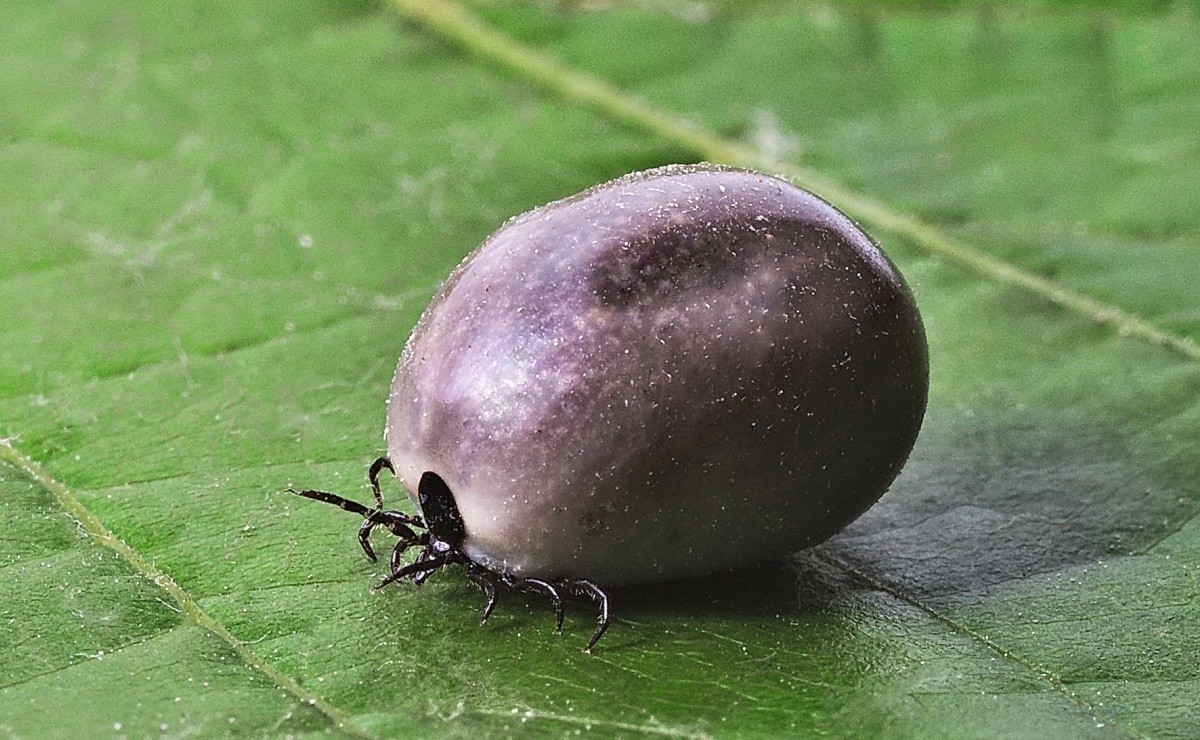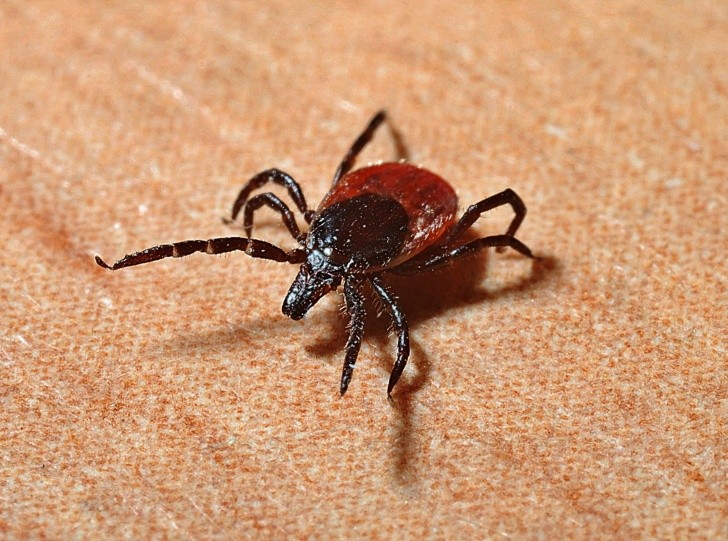
If the bite has already occurred, it is necessary to remove the tick as soon as possible, holding it with fine and blunt-tipped tweezers close to the skin, and gently pulling it upwards, avoiding crushing it
Tick bites are painless, but you must react quickly, since the risk of infection increases the longer the parasite remains attached to the person’s skin. When you return home after being in wooded areas, it is advisable to check your body carefully
Ticks are parasites that usually live in wooded areas or tall grass, but also in dehesas and meadows, especially where there are cattle. These can remain attached to other animals to feed on their blood after producing a sting.
In Spain, hospitalizations for Lyme disease, which transmit some types of ticks, have increased by 191.8% between 2005 and 2019, according to a study published by the National Epidemiological Surveillance Network of the National Epidemiology Center (CNE) of the Carlos III Health Institute (ISCIII).

This increase can be explained because there is a greater presence of ticks in the Spanish mountains and landscapes, due to the shorter winters and milder autumns.
In addition, changes in the distribution of animal populations and the greater proximity of humans to rural habitats have contributed to its increase.
From Cinfa, the doctor Julio Maset warns that "the risk of bites is greater if activities such as gardening, hunting or hiking are carried out regularly, which are practiced in areas with vegetation, and if you live with animals or pets."
However, the expert emphasizes that, despite the data, Lyme disease continues to be "uncommon" today.
Why are ticks dangerous?
Tick bites are usually painless and only a small percentage can transmit infections such as the aforementioned Lyme disease or, to a lesser extent, Mediterranean boutonneuse fever, Crimean-Congo fever and tularemia.
The danger of Lyme disease is that, if it is not detected and treated in the first phase, it leads to phases with severe symptoms similar to meningitis.
In its earliest phase, this sting is characterized by the appearance of an erythema around the perforation in the form of a target with concentric reddish rings and flu-like symptoms.
Dr. Maset points out that Lyme disease "is not easy to detect, since many symptoms are similar to other ailments and can manifest months or years after the bite."
What to do before a tick bite
For these reasons, knowing what ticks are like and knowing how to react appropriately is crucial for their prevention.
First of all, the expert points out that “it is important to know that not all ticks bite humans, nor do they all transmit diseases”.
However, you must act quickly, since some diseases, such as Lyme, can only be contracted if the parasite remains attached to the person’s skin for several hours.
“For this reason, we should all incorporate as a natural habit, after a day of outdoor excursion, carefully review our body and that of our children when we return home. Also, shower and wash used clothes at 60 degrees”, he recommends.
If the bite has already occurred, it is necessary to remove the tick as soon as possible, holding it with fine and blunt-tipped tweezers close to the skin, and gently pulling it upwards, avoiding crushing it.
Subsequently, we must wash the area with water, soap and antiseptic and introduce the parasite in a closed jar with a damp paper, in case it is necessary to analyze it.
If any part of the tick remains under the skin, medical attention should be sought.
If during the following weeks, we notice symptoms such as intense pain in the area, fever or stiff neck, we must see a doctor urgently.
tick bite action
Infographic on how to act before a tick bite. Image courtesy of Cinfa
Decalogue of prevention against ticks
When you are going to carry out any activity in the field, you can follow some guidelines to reduce the risk of a tick bite. From Cinfa they propose the following decalogue:
Walk through the center of the trails. When you go to the field avoid walks through bushes or tall vegetation and sit in areas with a lot of vegetation or in meadows where you have cattle
Wear high socks, long clothes and closed shoes. It is advisable to insert the leg of the pants inside the sock or make sure that it is well covered
Wear light colored clothes. It will be easier to locate if there is any tick on it
Apply a suitable repellent. It should contain at least 20% DEET (if applied to skin) or permethrin (if applied to clothing)
On the way back, check your body. Inspect areas of folds, such as the groin, armpits or buttocks, because these are the places that ticks prefer
Take a shower after every ride. Do this as soon as possible and use a white or light-colored towel to dry off. Then, wash the clothes you have worn at least 60ºC
Remove the tick as soon as possible. If you spot a bite, remove it quickly
Do not use home remedies in the extraction.
It is contraindicated to apply oil, Vaseline or heat to separate the tick from the skin because they can cause it to contract and regurgitate
Don’t crush it. After removing the tick, in no case crush it with your fingers or against the ground. You must keep it in a closed jar with damp paper to analyze it, if necessary
Clean the area of the bite and see a doctor if traces of the tick remain. Use water, soap and antiseptic. Afterward, thoroughly wash your hands.
Remember that if you notice symptoms such as pain, fever, stiff neck, headache or weakness in the following days or weeks, you should seek medical attention and bring the tick stored in the container for identification and analysis.